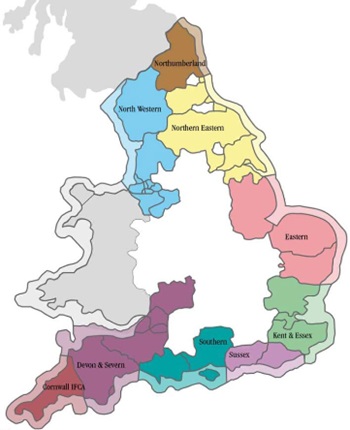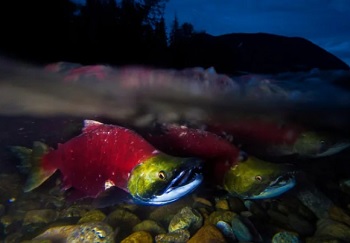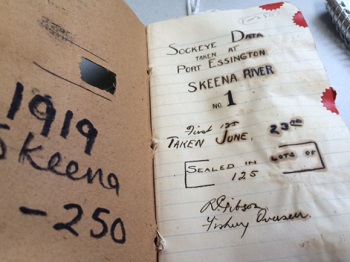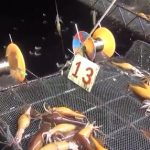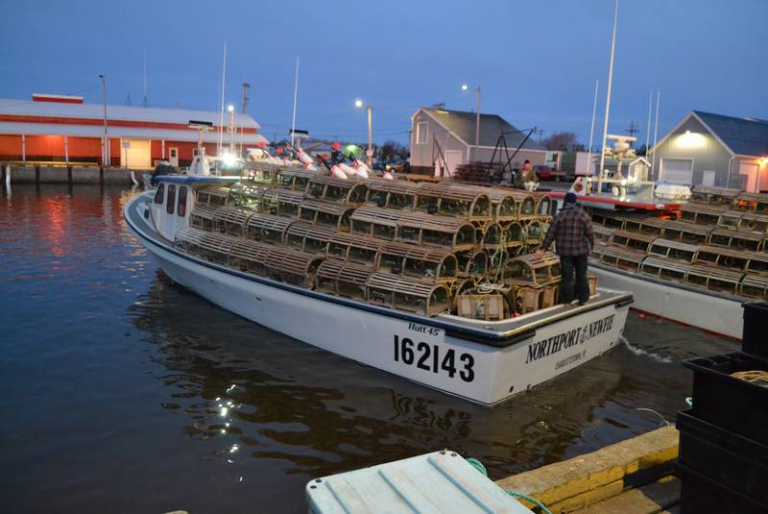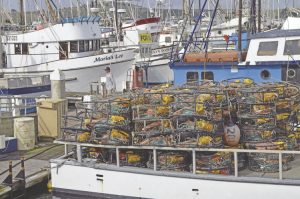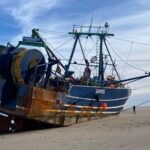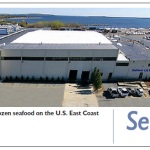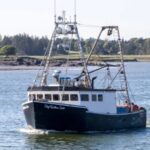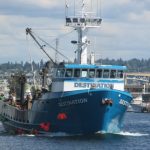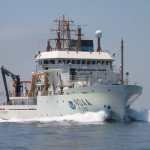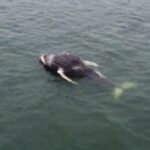Tag Archives: New research
Predators take big bite out of declining Atlantic mackerel population
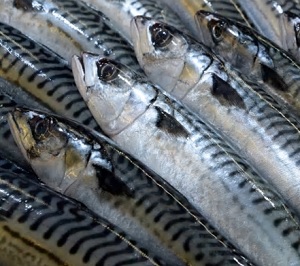 Predators ate at least twice as many Atlantic mackerel as commercial fishery landings in the decade leading up to Canada’s region-wide moratorium, according to new research by Canadian and American scientists. The study also found seals are a major predator, lending credence to what many fishermen have long claimed. The modelling study was published this month by the federal Fisheries Department and the Canadian Science Advisory Secretariat. The top predators were gannets, grey seals, dogfish and bluefin tuna. In the most conservative estimate, predators removed between 21,000 and 29,000 tonnes annually between 2012 and 2021 — at least two times greater than Canadian commercial landings reported as 11,000 tonnes per year. more, >>CLICK TO READ<< 12:26
Predators ate at least twice as many Atlantic mackerel as commercial fishery landings in the decade leading up to Canada’s region-wide moratorium, according to new research by Canadian and American scientists. The study also found seals are a major predator, lending credence to what many fishermen have long claimed. The modelling study was published this month by the federal Fisheries Department and the Canadian Science Advisory Secretariat. The top predators were gannets, grey seals, dogfish and bluefin tuna. In the most conservative estimate, predators removed between 21,000 and 29,000 tonnes annually between 2012 and 2021 — at least two times greater than Canadian commercial landings reported as 11,000 tonnes per year. more, >>CLICK TO READ<< 12:26
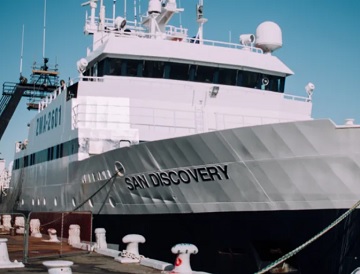
New Zealand: Fishing industry boasts of lowest carbon emissions – with caveats
“In 25 years at sea, I’ve seen quite a lot of changes,” Epiha says. “For example, they’re not shy at upgrading boats. Now we’re starting to see results from our fuel usage, fuel savings, reduced carbon footprint.” The 64-metre San Discovery, which he captains, is a deep-sea trawler that can produce fillets, headed and gutted fish, squid tubes, fishmeal and fish oil – all processed, packaged and labelled to export standards. “What I can hand-on-heart say is, we do care a lot about the environment,” he says. “It’s engrained in the way we operate, adjusting gear to make sure that it’s less drag on the bottom, easier to tow, because all that adds up to less fuel usage.” >click to read< 07:49
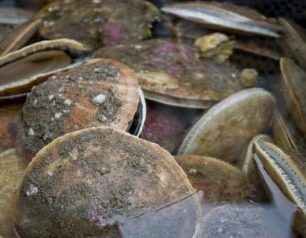
New Research Supports Opening of Currently Closed Scallop Areas
Data presented to the New England Fishery Management Council last month provide the latest evidence that long-closed areas of the Northwest Atlantic can be sustainably opened to the scallop fishery. The Fisheries Survival Fund, which represents the vast majority of full-time Atlantic Sea scallop fishermen, has long believed that these areas can be safely opened, and supports efforts to do so in light of this new evidence. The Northern Edge of Georges Bank (more formally known as Closed Area II Habitat Area of Particular Concern), has been closed to all commercial fishing activity since 1994. >click to read< 10:00
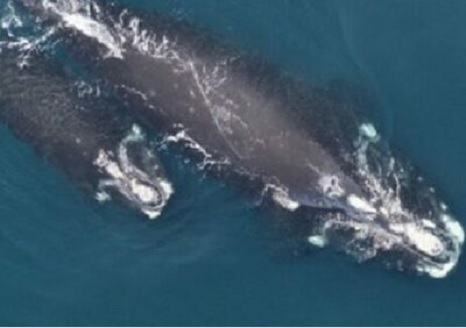
Whales Are Shrinking. Scientists Blame Commercial Fishing Gear
The findings, published today in the journal Current Biology, reveal that when fully grown, a North Atlantic right whale born today would be expected to be about one meter shorter than a whale born in 1980. The stunted growth of the whales coincides with an increasing rate of entanglements. A 2012 study from the New England Aquarium revealed,,, Researchers acknowledge that entanglements do not explain all of the reduced growth. Other factors might be climate change, collisions and noise from ships, and the shifting availability of tiny crustaceans called copepods, their primary food source. >click to read< 13:30






 The materials used to protect wind turbines from corrosion leach into the surrounding water, which could pose risks to ecosystems, seafood safety and human health, new research from the University of Portsmouth has found. Offshore wind farms release thousands of tonnes of metals such as aluminium, zinc and indium each year. This is expected to grow dramatically as wind farms are set to play a major role in reducing the world’s carbon emissions. To protect turbines from rusting, corrosion-protection systems are used, which can release metals into the ocean over time. The study, published in Nature’s npj Ocean Sustainability, estimated annual inputs of metals from current European wind farms to be: 3,219 tonnes of aluminum, 1,148 tonnes of zinc, 1.9 tonnes of indium. For zinc, this already exceeds the sum of all known direct inputs and river discharges into the North Atlantic from key European countries.
The materials used to protect wind turbines from corrosion leach into the surrounding water, which could pose risks to ecosystems, seafood safety and human health, new research from the University of Portsmouth has found. Offshore wind farms release thousands of tonnes of metals such as aluminium, zinc and indium each year. This is expected to grow dramatically as wind farms are set to play a major role in reducing the world’s carbon emissions. To protect turbines from rusting, corrosion-protection systems are used, which can release metals into the ocean over time. The study, published in Nature’s npj Ocean Sustainability, estimated annual inputs of metals from current European wind farms to be: 3,219 tonnes of aluminum, 1,148 tonnes of zinc, 1.9 tonnes of indium. For zinc, this already exceeds the sum of all known direct inputs and river discharges into the North Atlantic from key European countries. 